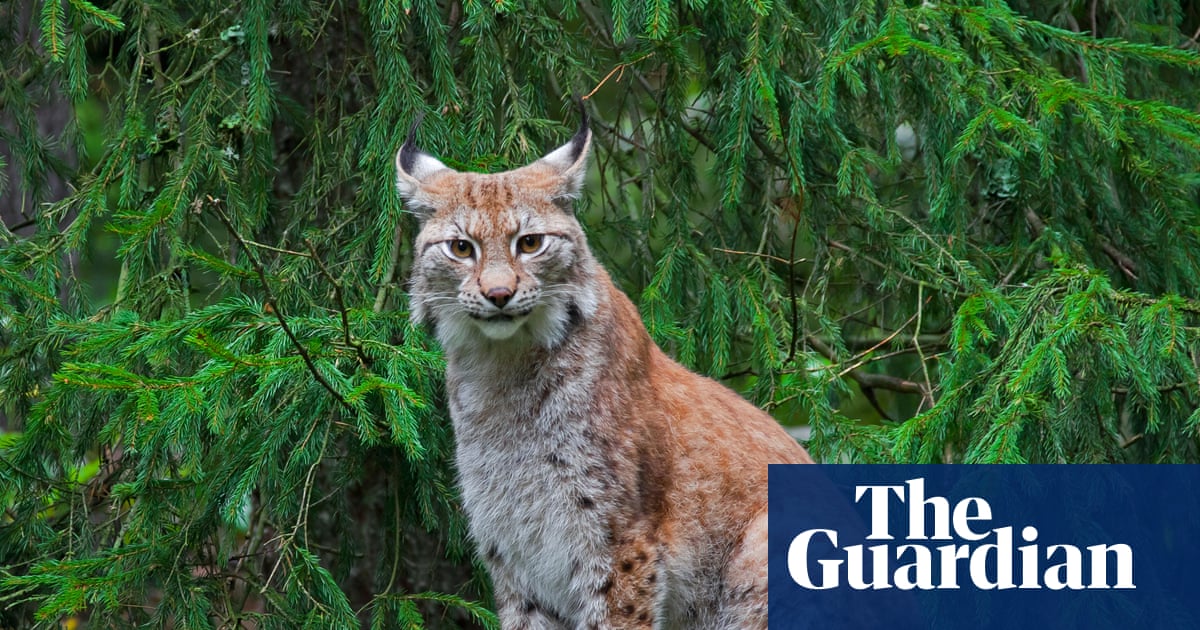Scientists Finally Uncover the Shocking Cause of Sea Star Apocalypse!

Hold onto your beach hats because a shocking revelation has surfaced: a strain of the Vibrio pectenicida bacteria is behind the catastrophic wasting disease that has obliterated billions of sea stars from Mexico to Alaska since 2013! Researchers from UBC, the Hakai Institute, and the University of Washington have finally solved the mystery that has haunted marine biologists for nearly a decade.
This ground-breaking discovery, detailed in a recent paper published in Nature Ecology & Evolution, has been heralded as a turning point in understanding what scientists are calling the largest marine epidemic ever witnessed in the wild. Dr. Melanie Prentice, the first author of the paper, emphasized the urgency of the situation, stating, “Now that we’ve identified the disease-causing agent, we can start looking at how to mitigate the impacts of this epidemic.” The implications of this finding could reshape how we approach marine health moving forward!
The Vibrio genus isn’t just a threat to sea stars; it has a notorious reputation for infecting corals, shellfish, and even humans. Yes, you heard that right—Vibrio cholerae is the bacteria responsible for cholera! This raises alarm bells, especially as rising ocean temperatures, a direct result of climate change, create ideal conditions for these pathogens to thrive.
Dr. Prentice noted, “We see the disease occurring earlier and more rapidly in warmer waters.” With climate change already taking a toll on sea stars, the introduction of a pathogen that flourishes in these conditions could be a double whammy for vulnerable species.
But what exactly does this disease do to our beloved sea stars? It begins with lesions, leading to a gruesome process where the sea star’s tissues “melt” away, often within two weeks of exposure. Imagine a once-majestic creature contorting and losing its arms—it's heart-wrenching! The challenge for researchers was identifying the disease, as sea stars exhibit similar visual signs due to other stressors, such as temperature fluctuations.
Over four years, a dedicated international team studied the sunflower sea star, witnessing an alarming decline of over 90% in its population due to this wasting disease. By comparing healthy sea stars with those exposed to contaminated water, infected tissue, and even the sea star's own “blood” called coelomic fluid, they made a chilling discovery: the presence of Vibrio was the only difference between the two groups. Dr. Alyssa Gehman, senior author of the study, described the moment they realized they had pinpointed the cause, stating, “We all had chills. We thought, ‘That’s it. We have it. That’s what causes wasting.’”
The results were devastating. More than 90% of healthy sea stars exposed to the pathogen succumbed within a week after showing symptoms. Co-author Amy M. Chan took it a step further, isolating the bacteria from sick sea stars and injecting the strain into healthy ones, confirming its deadly nature. The findings are dramatic: a single strain of bacteria is wreaking havoc in our oceans!
The ecological ramifications of this mass die-off are severe. Sunflower sea stars are natural predators of sea urchins, and their absence has allowed urchin populations to skyrocket, leading to the destruction of kelp forests crucial to marine biodiversity and coastal protection. Dr. Prentice highlighted the broader impact: “Without sunflower stars, sea urchin populations have increased, devouring the kelp forests that provide habitat for thousands of marine creatures.” These forests do more than just support sea life; they play a vital role in carbon sequestration, shoreline protection, and hold cultural significance for coastal First Nations.
Looking forward, researchers and their partners hope this discovery will pave the way for effective management and recovery strategies for both the sunflower sea stars and the ecosystems they inhabit. Jono Wilson, director of ocean science for The Nature Conservancy’s California chapter, expressed optimism about the future: “This finding opens up exciting avenues to expand the network of researchers able to develop solutions for recovery of the species.” The team is exploring various strategies, including studying genetic resistance, captive breeding programs, and the experimental reintroduction of sunflower sea stars into the wild.





























